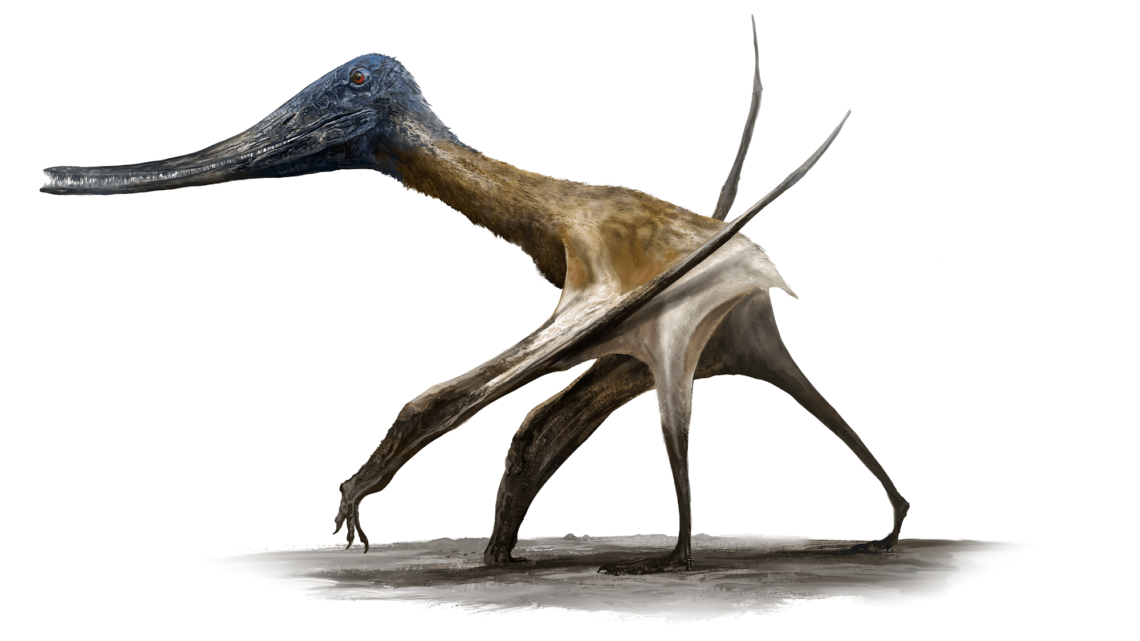Pterosaurs dominated Mesozoic skies with their intimidating wingspans. But first, they needed to walk around on the ground. A study published October 4 in the journal Current Biology found that the adaptations in their hands and feet from their earlier tree and ground-dwelling days likely played a major role in the evolution of their aerial dominance and wingspans that could reach 32 feet.
Long before birds, pterosaurs were the first true flying vertebrates. While they are best known for their flight skills during the Mesozoic Era (252 to 66 million years ago), where and how they lived when not airborne varied greatly.
In the new study, a team from the University of Leicester in England examined the hands and feet from pterosaur fossils from around the world across their evolutionary history.
The team was surprised by a level of variation in the bones that is similar to what we see in living birds. The variation indicates that pterosaurs were more than just great fliers. Pterosaur species were well-adapted to live in a wide range of terrestrial habitats, including up in the trees and closer to the ground.
“Early pterosaurs were highly specialized for climbing, with extreme modifications in their hands and feet, similar to those found in climbing lizards and birds like woodpeckers today,” study co-author and University of Leicester paleontologist Robert Smyth said in a statement. “Clinging to vertical surfaces by your fingertips for long periods is hard work–it’s a lot easier for small, lightweight animals.”
These early pterosaur species were likely restricted to arboreal habitats, which made them physically smaller. However, a major evolutionary shift was in store during the Middle Jurassic…
Read the full article here





